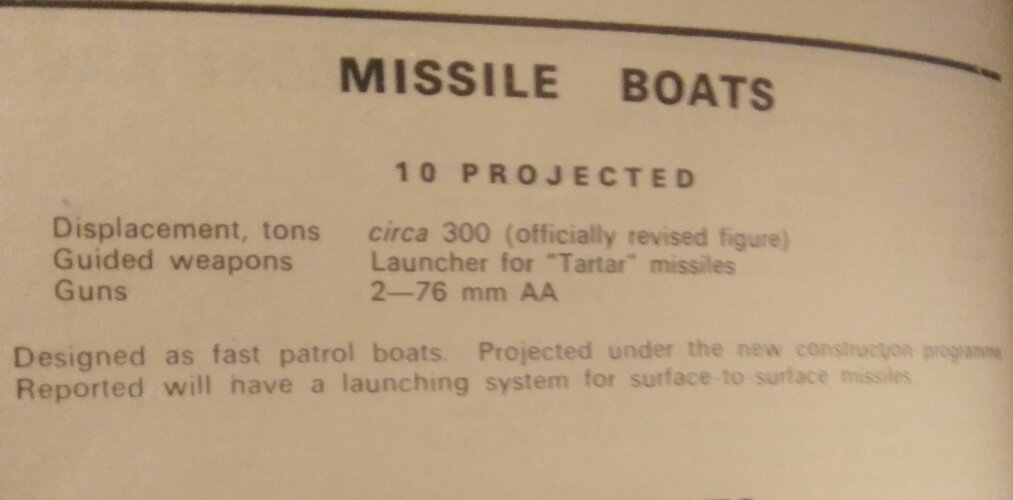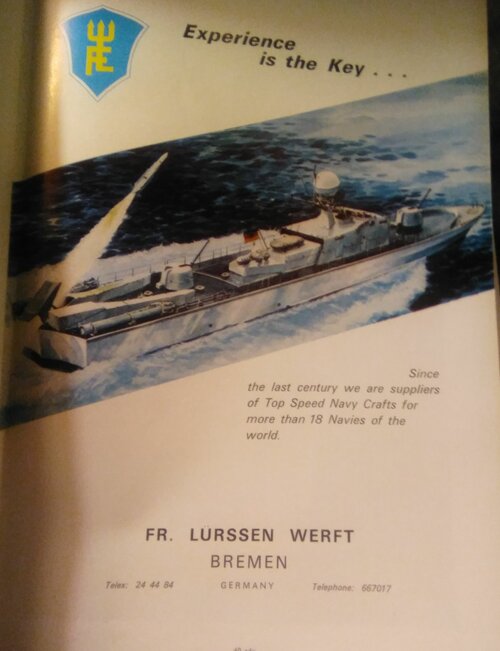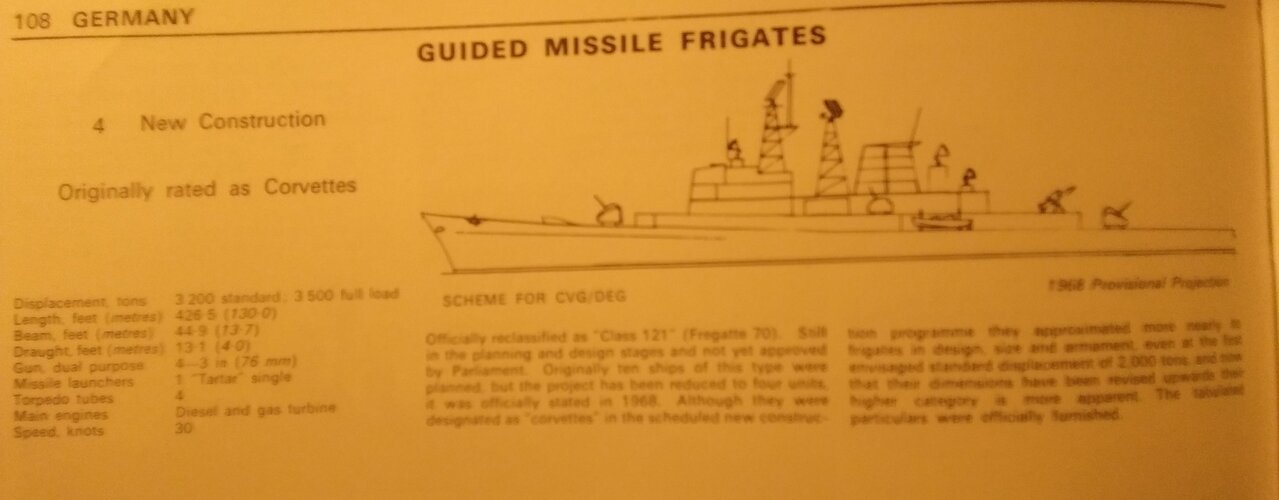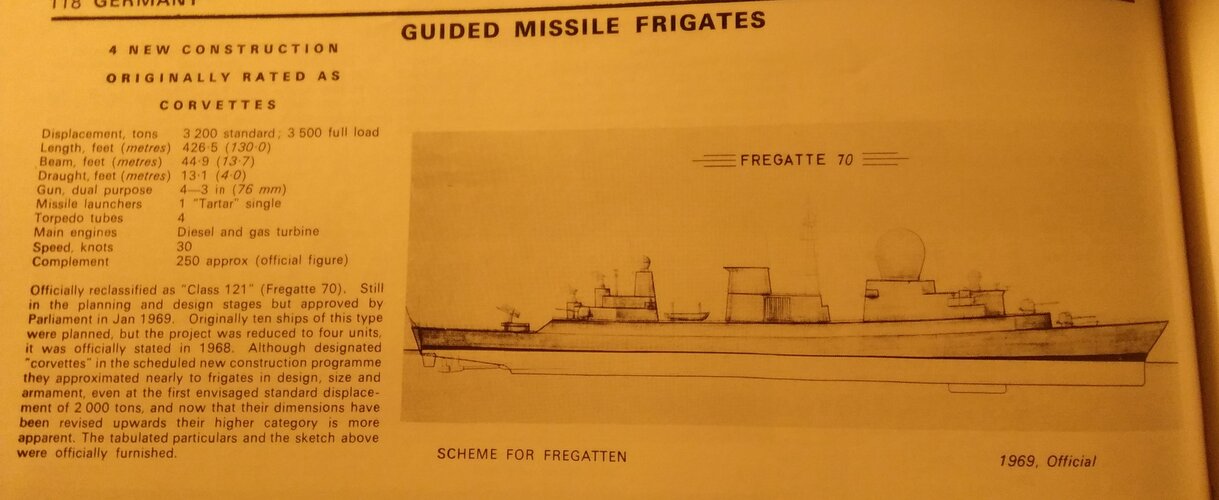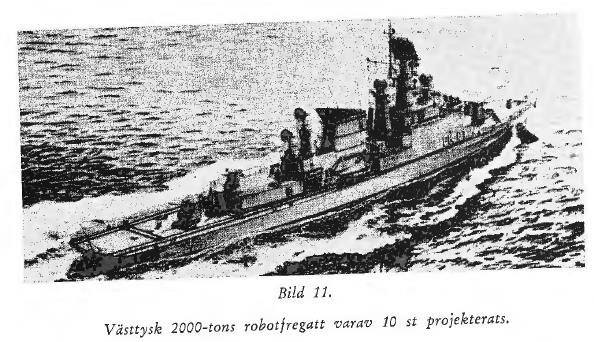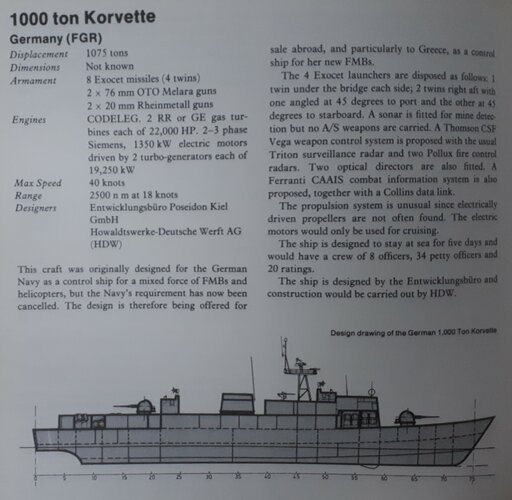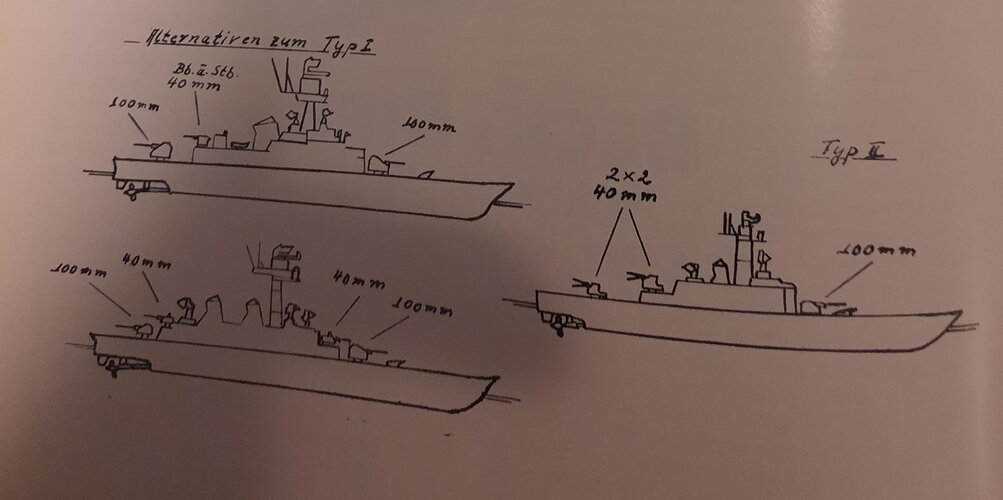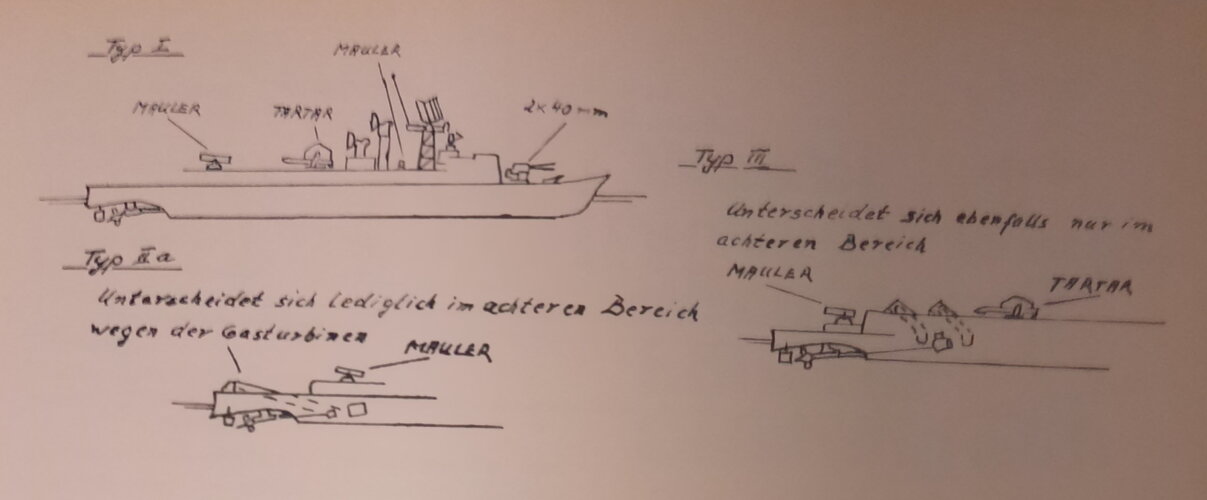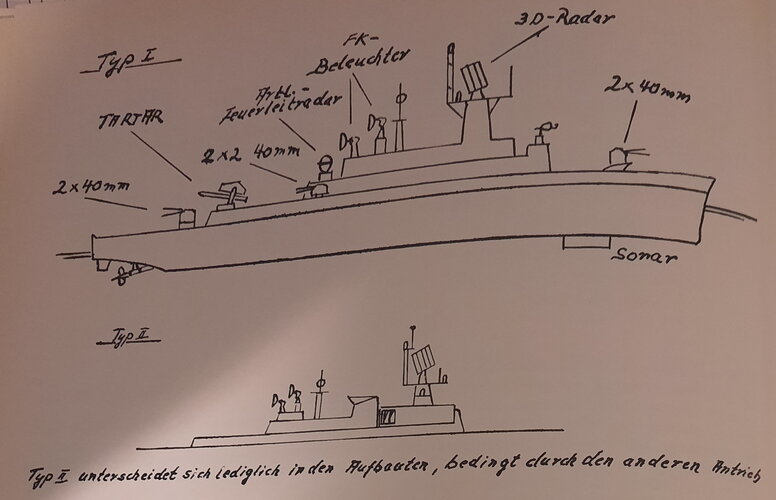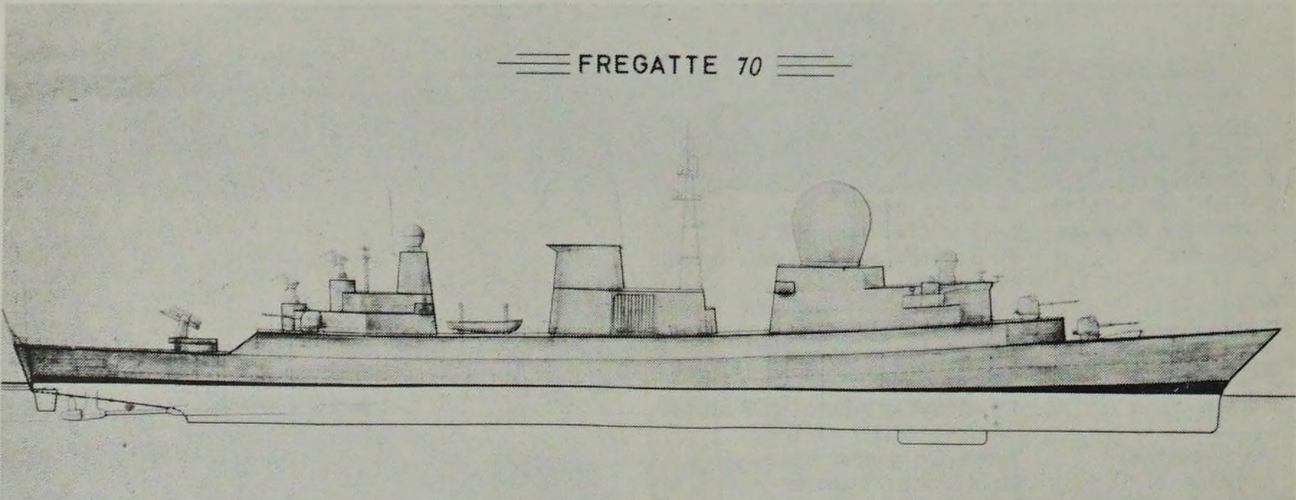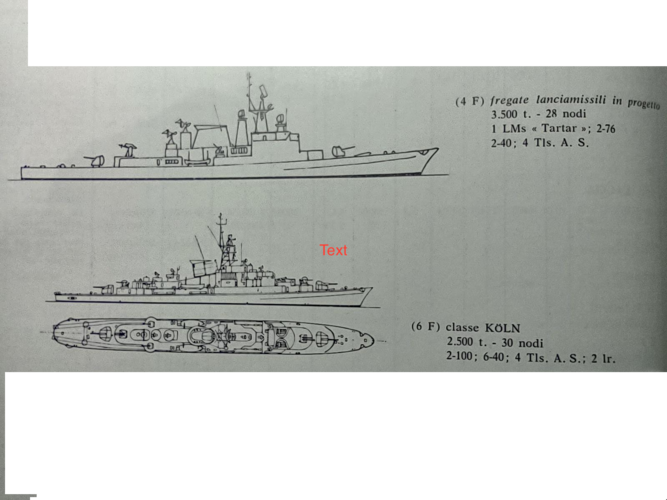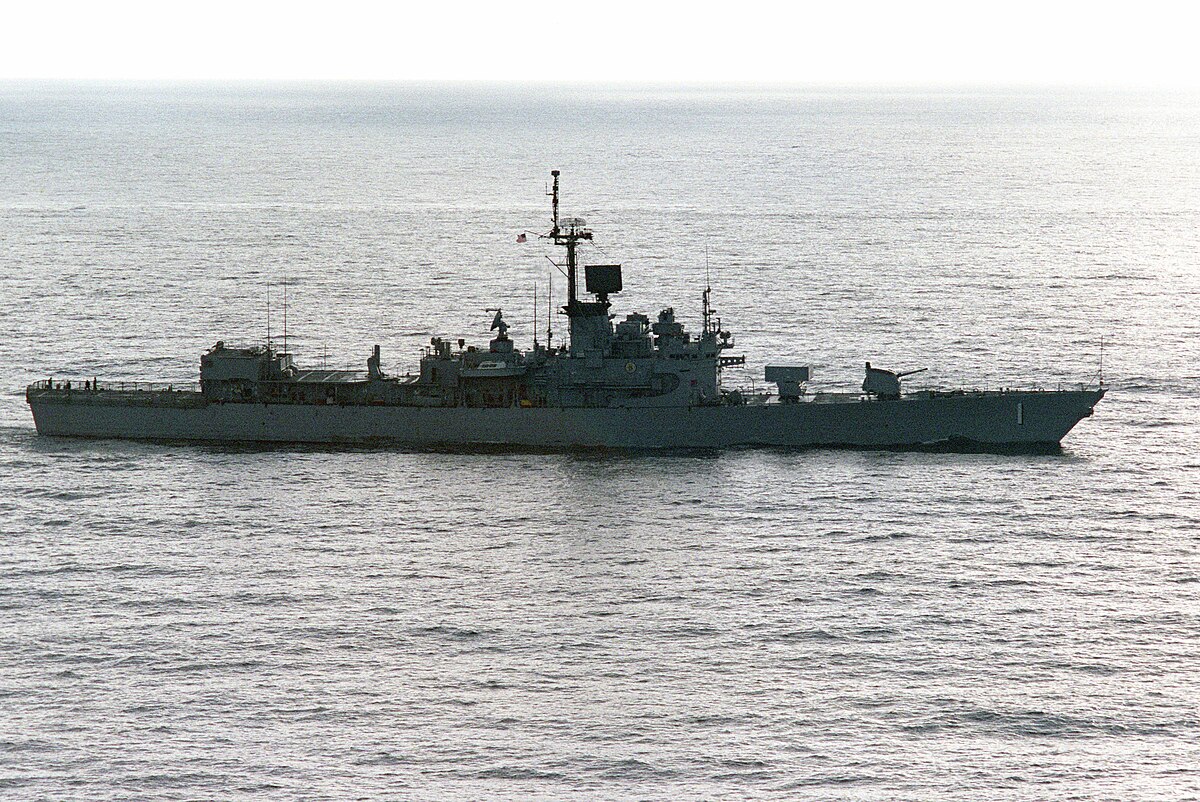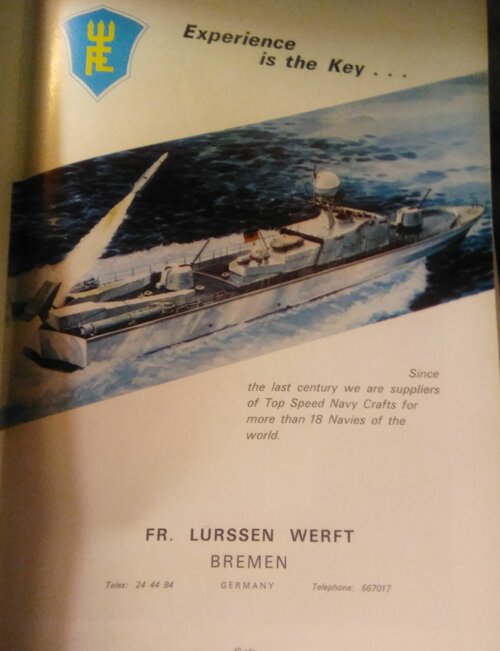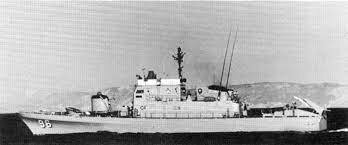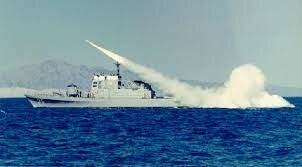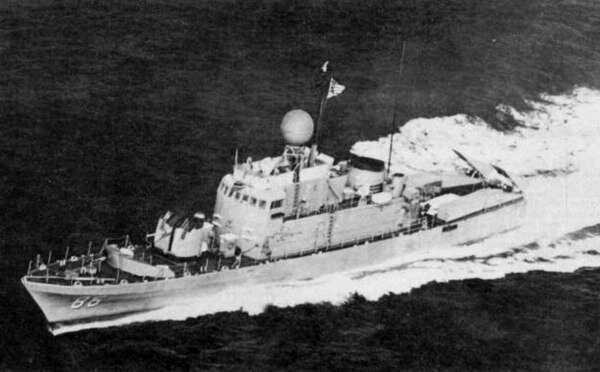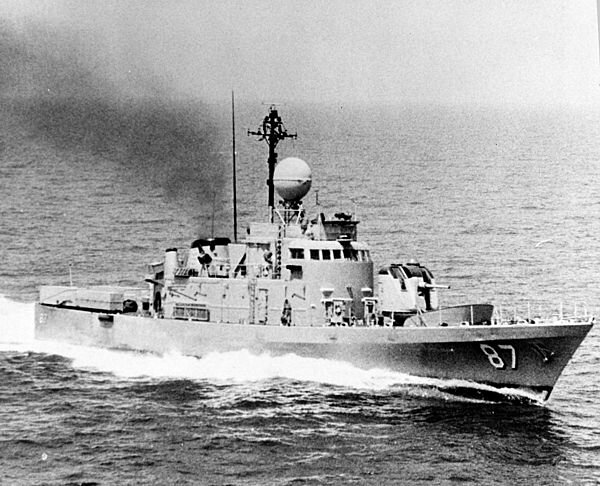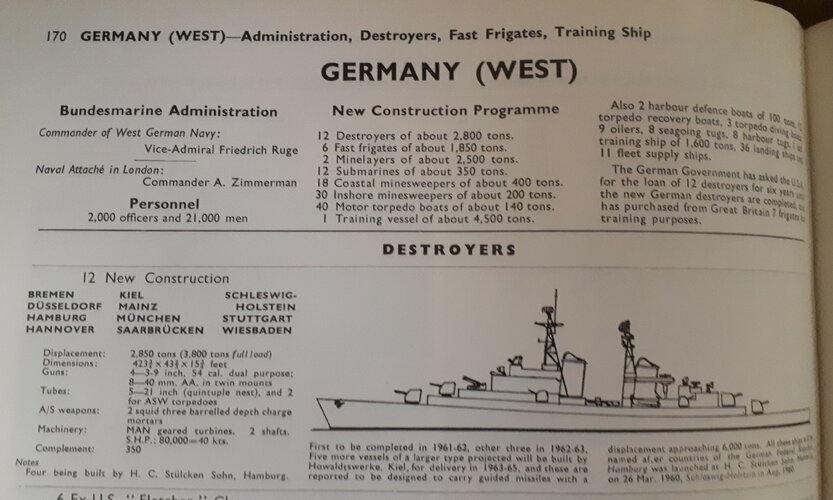- Joined
- 27 September 2006
- Messages
- 5,744
- Reaction score
- 5,633
Just bought the 1968/9 and 1969/70 Jane's Fighting Ships and found two interesting West German naval projects which were planned for the 1970s but were different from the final vessels.
The first is for 16 missile equipped fast patrol boats. These would carry the Tartar missile system in launchers similar to those on the USN Asheville gunboats and later bought by Iran for an ex US destroyer. Germany subsequently changed its mind and bought the French MM38 Exocet instead.
The second programme for a missile equipped corvette later a frigate evolved from Germany's Koeln class frigates. It would use Tartar in a similar launcher to the Luthens class, three destroyers of the US C F Adams class
The design was subsequently dropped in favour of the Dutch Koertnaer Standard class frigate with similar armament but NATO Sea Sparrow instead of Tartar.
The first is for 16 missile equipped fast patrol boats. These would carry the Tartar missile system in launchers similar to those on the USN Asheville gunboats and later bought by Iran for an ex US destroyer. Germany subsequently changed its mind and bought the French MM38 Exocet instead.
The second programme for a missile equipped corvette later a frigate evolved from Germany's Koeln class frigates. It would use Tartar in a similar launcher to the Luthens class, three destroyers of the US C F Adams class
The design was subsequently dropped in favour of the Dutch Koertnaer Standard class frigate with similar armament but NATO Sea Sparrow instead of Tartar.

